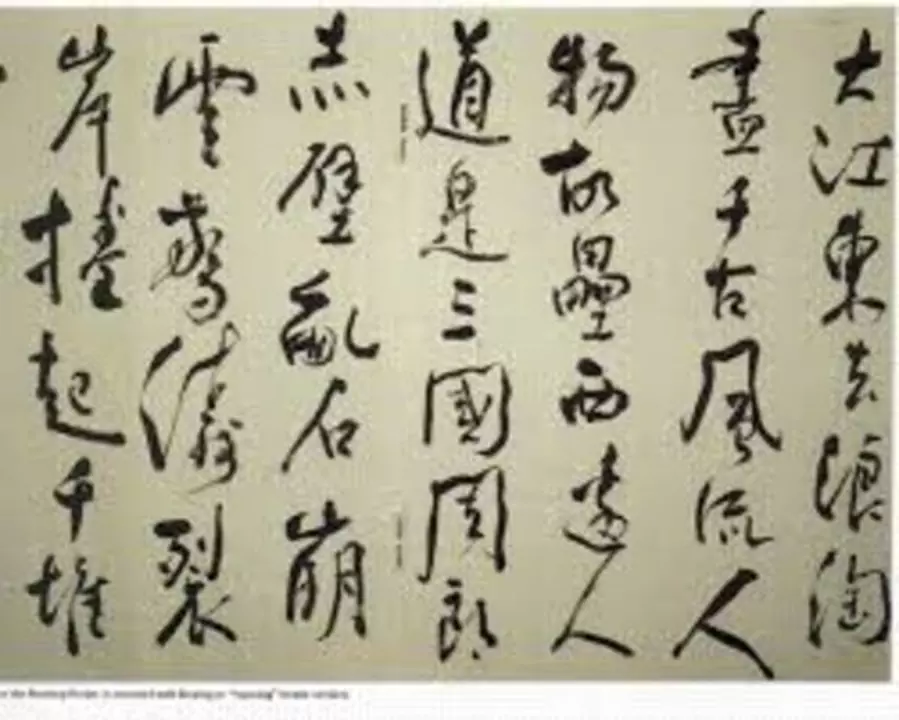Writing: Practical Tips, Ideas and Resources
Writing well is simple to start but hard to master. Whether you’re a journalist, blogger, or someone who writes emails every day, small changes make big differences. Here I collect useful tips, quick routines, and places to find ideas so you can write clearer, faster, and with more confidence.
Pick one goal before you write. Are you informing, persuading, or entertaining? Say it in one sentence. That sentence is your compass. When a paragraph drifts, cut it or rewrite it to serve that single goal.
Start with a strong first line. Readers decide fast. Use a fact, a short anecdote, or a simple promise: tell them what they’ll get. If you can’t write a clear first line, you probably don’t yet know the point of the piece.
Write short sentences. Trim filler words like very, really, or in order to. Choose concrete verbs. Replace made a decision with decided. Short sentences are easier to scan and edit.
Structure matters. Use a quick outline: intro, three main points, and a takeaway. Lists and headings help skimmers. Each paragraph should cover one idea. If you need more detail, use subheads.
Edit like a reader. Read aloud to catch awkward phrases and sentence runs. After the first draft, remove one third of the words. That forces clarity. If a paragraph doesn’t add value, delete it.
Find ideas in small places. Scan comments, interviews, or recent news for questions people ask. Use a notebook or note app to store short ideas. Return to them when you need a new angle.
Stay consistent with voice. If you write casually, keep that tone across headings and paragraphs. If the piece is formal, maintain measured language. Switching voice confuses readers.
Use sources but don’t over-link. Cite facts and give credit when needed. For how-to posts, include practical steps and examples readers can copy or test immediately.
Practice daily. Even fifteen minutes of free writing improves clarity and speed. Try prompts like Explain this to a friend or What problem did I solve today.
Tools can help. Use a simple editor, a grammar checker, and a readability tool to spot long sentences. But don’t let tools decide style—use them to speed up the work.
Publish and learn. Put your work out, read feedback, and adjust. Most improvements come from real readers, not theory.
Quick Editing Checklist
Read the piece out loud.
Cut sentences that repeat.
Replace weak verbs.
Check one main idea per paragraph.
Make the first line promise clear.
Where to Learn More
Follow local news, read one good feature story a day, and join a writing group. Try short online courses that focus on clarity and reporting. The fastest growth comes from practice, feedback, and reading with purpose.
Bookmark this tag to see fresh posts about writing tools, lessons from reporters, and quick how-tos. If you're starting, read two or three short pieces a week and try to write a reaction. Gradual habits beat big pushes. Keep at it daily.

Where did the Chinese system of writing come from?
The Chinese system of writing is one of the oldest writing systems known to man, with roots going back to the Shang Dynasty (1600-1046 BC). It is a logographic writing system, meaning that each character represents a word or an idea, rather than a single sound. This system of writing has been passed down through generations and is still in use today. It is considered one of the most complex writing systems in history and is composed of thousands of characters. Chinese writing has had a profound influence on other writing systems in East Asia, and its influence continues to be felt in modern times.